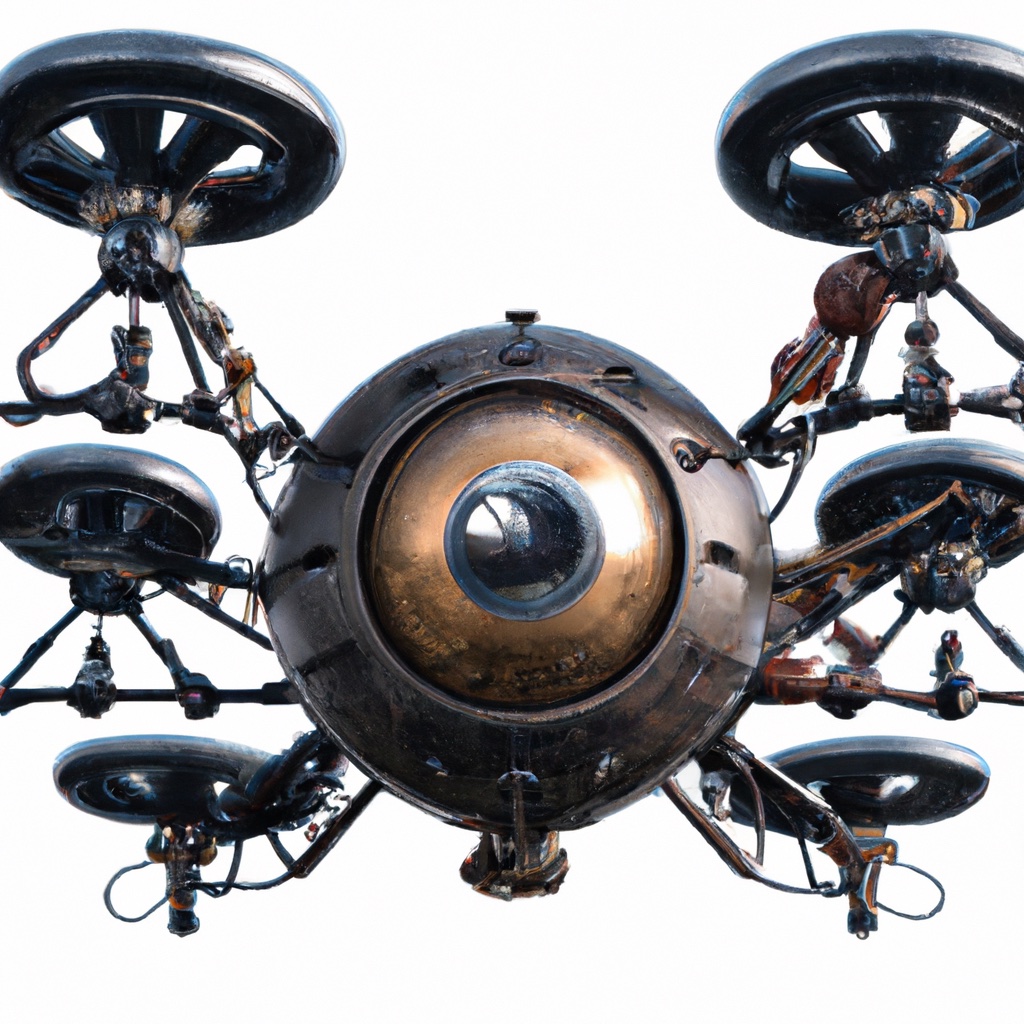7. Autonomous Drones in 3D#
Flying cameras and smooth motion planning.

Unmanned aerial vehicles (UAVs) take autonomy into the next dimension: into three dimensions, to be exact. Whereas autonomous vehicles are bound to earth, UAVs take to the air. Hence, their perception and planning problems are fundamentally harder in a geometric sense. On the other hand, our airspace is currently much sparser than our roads, and thus dynamic obstacle avoidance is less of an issue.
In this chapter we will concentrate on a very popular class of UAVs: quadrotors. These are craft equipped with four actuated rotors that allow for very simple control algorithms, yet can achieve very agile flight. Because quadrotors are cheap to manufacture and there is a large market for camera drones, most quadrotor vehicles have a rather small form factor and are designed to be easily portable. Sometimes this segment of the UAV market is designated as micro aerial vehicles or MAVs, a term we will use throughout this chapter.
In previous chapters, we have used \(SE(2)\) to represent pose in the plane. In this chapter, we will extend this idea, introducing \(SE(3)\), which can be used to represent pose in 3D. While the transition from 2D to 3D can seem confusing, the mathematics required for this extension are actually quite straightforward.
Equipped with \(SE(3)\) to represent pose, we next discuss the mathematics of quadrotor flight, paying particular attention to the different 3D coordinate frames that are involved. We will develop a set of equations that describe the motion of the quadrotor, including the effects of forces and torques generated by the individual rotors. Luckily, the aerodynamics of quadrotor flight are simple enough that we can accomplish our goals using mere Newtonian mechanics.
For sensing, we introduce a new sensor: the inertial measurement unit (IMU). Typical IMUs may incorporate gyroscopes, accelerometers, and even magnetometers, and are thus able to provide information about the quadrotor’s linear and angular velocities, as well as absolute orientation with respect to the Earth’s magnetic poles. In addition to IMUs, we will again use cameras. In this case we focus on 3D reconstruction of the scene from a moving camera. This will require us to introduce some more mathematical tools, but happily, these tools will also be useful for planning! In this chapter, we will formulate the motion planning problems as a trajectory optimization problem, and consider various objectives that we might like to optimize for pleasing flight performance.
We conclude the chapter by introducing a new deep-learning-based 3D reconstruction technique: Neural Radiance Fields or NeRFs.
